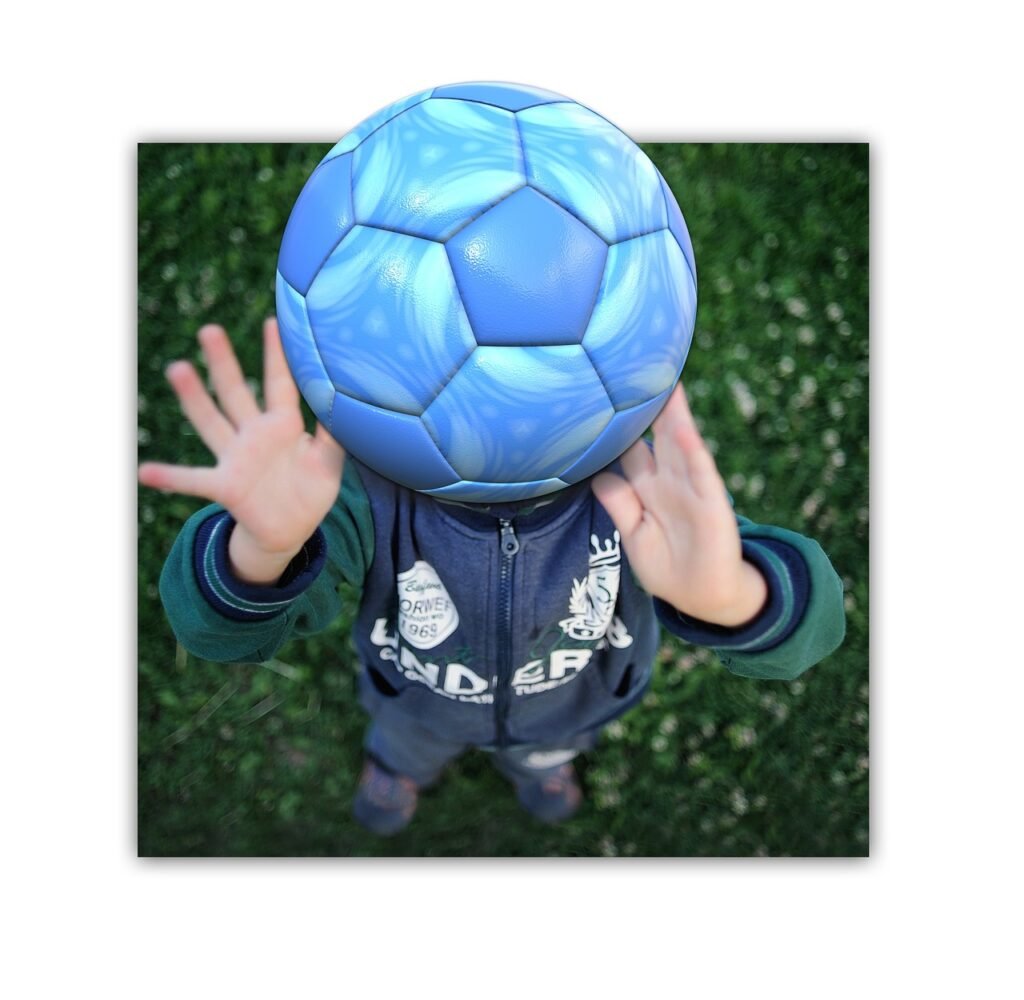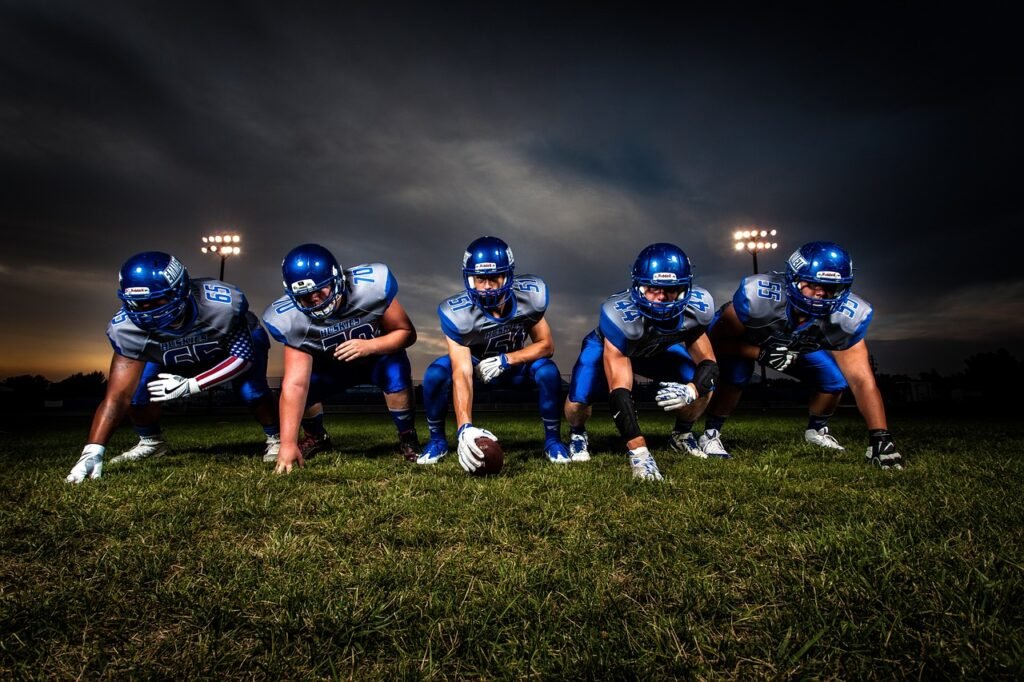Introducing Kids to the Thrill of Track and Field: How Throwing Events Can Unlock Their Potential
In the United States, newborn babies make their grand entrance into the world garbed in what are purportedly the game clothes of the big leagues. Onesies emblazoned with tag lines such as “First Round Draft Pick” or “Mommy’s Favorite Shortstop” litter baby-wear racks, preparing the next generation for the team sports of football, basketball, and baseball. These team-oriented sports have been entrenched in our culture from time immemorial; they will form part of every child’s fate before he ever takes his first steps. But have you ever noticed how there are no equivalent slogans for track and field? Onesies that do not say “Future Olympian” or “I Can Throw More Than Tantrums.” So many throwing events are not focused completely on track and field, even though almost all other sports expect that these events would be the stepping stones for participating in other sports. Under 12s would most certainly be trained in those throw events and develop as young athletes. It would also grow a generation of great coaches.The power of throwing: Every child has a talent. So, what do “thrower babies” look like? Tall or short? Stocky or slim? Fast or not fast? The answer is quite simple: yes! Size or athletic ability does not matter to throwing; every kid who throws is doing well. Even children with disabilities, if they have the desire and ability to safely handle the implements, can participate and excel. Throwing teaches focus, discipline and skills; and just like any sport, it’s accessible to everyone.Coaching kids from five onwards has taught me the art of engaging kids in fun and easy drills that develop their skills without bogging them down. Kids are notorious for their short attention spans; however, big strides shall not be made within the foreground of this short distraction. We engage and excite them with repetitive opportunities for involvement, small praises for improvements, and funny stories that grab their interest. With a positive attitude, I have come to believe that every child can advance-whether pursuing Olympic glory or just going through the fun of learning something new.The Life of a Throwing CoachTo say a few words about my background before discussing the coaching itself. I was a thrower at both high school and college. I never attained Olympic standards, but somehow it did not matter to me, as I had some great coaches who not only taught me technique but also gave me a deep personal understanding of the sport. So that connection to coaching is what spawned my wish to share it with others, especially younger people. Since then, I have coached nearly 60 athletes of all levels, from five years old to post-collegiate level, helping them improve their throws and sometimes even secure scholarships.It really is about getting a little better each day and not about being the best in the world. That’s something I want to pass on to the next generation of throwers: the joy of getting better, learning the fundamentals, and seeing improvements.Concrete Ideas for Young Throwers DevelopmentTeaching younger throwers requires four core concepts to make throwing seem less of a mystery and more of a fun challenge.

